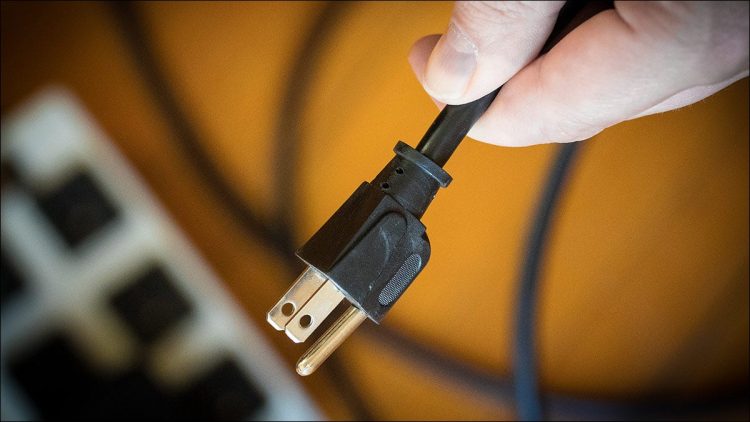Benjamin Clapp/Shutterstock.com
Nobody wants to spend money on wasted electricity. Here are some simple ways to cut back on the waste around your home and lower your electric bill.
Learn About Energy Vampires
The easiest way to successfully cut back on energy vampires and the wasteful phantom loads they introduce to your home’s power consumption is to know more about them in general.
We can’t possibly tell you about every energy vampire in your home, but we can educate you about them—and in doing so, help you hunt them down.
Over the course of a year, energy vampires can cost you hundreds of dollars in wasted electricity so it really does pay off to find them and make adjustments to how you use devices around your home to save on your electric bill.
Start With These Common Energy Vampires
While every home is unique, many common energy vampires are found in millions of homes. You likely have a dozen or more of them in the different areas of your home.
Set-top boxes for cable and satellite services are notorious energy vampires, as are modern video game consoles with all the features turned on. And you might be shocked to find out how much energy your smart TVs use in standby mode, prompting you to unplug the ones in lesser-used rooms.
Unplug Everything You’re Not Using By Default
Speaking of unplugging things, you can’t go wrong getting in the habit of unplugging things you aren’t using.
We’re long-time watt meter users, constantly testing things in and around our homes to see how much energy they use. And you’d be absolutely shocked to see how many things you’d never suspect are just wasting energy around the clock even when you aren’t using them.
How much power do you think a power tool battery charger uses when there isn’t even a battery on it charging, for example? You’d assume zero, but when we tested all of our chargers for different power tool platforms, we found they averaged 5 watts of idle power. That doesn’t seem like a lot, but you’re spending about $5 a year as a type of “tax” just for having the thing plugged in.
Between those chargers and everything else that uses a few watts of idle power, it adds up fast and you’re paying a pretty being convenience tax for leaving everything you own plugged in all the time ready to go.
Put Devices on Power Strips or Smart Plugs
If you have a bunch of things that you only need turned on when you’re right there using them, it can be quite handy to put them on a power strip. Then when you need to use them, just give the switch a nudge with your foot and temporarily power them up.
If the plug or powerstrip placement makes it difficult to turn them on and off by hand (say, the power strip is behind a big piece of furniture) you might consider using a smart plug or power strip.
Not only does that allow you to wirelessly turn the power on and off, but it also let’s you lean on the smart features to do more advanced things, like have the strip turn on around the time you get home from work and turn off at midnight, so you never need to fuss with it by hand.
The Best Smart Plugs of 2022 

Kasa Smart Plug HS103P2, Smart Home Wi-Fi Outlet Works with Alexa, Echo, Google Home & IFTTT, No Hub Required, Remote Control,15 Amp,UL Certified, 2-Pack White

Wyze Smart Plug

Wyze Outdoor Smart Plug

Best Amazon Alexa Smart Plug
Amazon Smart Plug, for home automation, Works with Alexa – A Certified for Humans Device

Best Smart Plug for Google Assistant
Vont Smart Plug

Best Apple HomeKit Smart Plug
Wemo Smart Plug (Simple Setup Smart Outlet for Smart Home, Control Lights and Devices Remotely Works w/Alexa, Google Assistant, Apple HomeKit)(Pack of 1)
Source by www.howtogeek.com






























